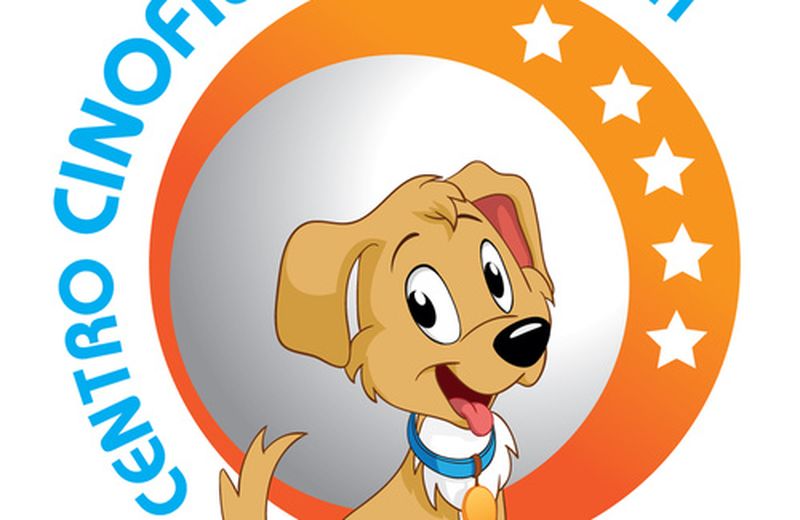Pet therapy for the neuromotor disabled
Pet-therapy, better redefined as Animal Assisted Therapy or AAT, stands as a co-therapy alongside traditional medicine in a gentle, non-invasive way, to stimulate a series of natural biological mechanisms that underlie the activation of the immune system and thus manage to improve the body’s defenses
At the international level, the benefits deriving from the implementation of programs assisted with animals have been scientifically verified, to the point that in the United States pet therapy has been recognized by the Ministry of Health as an “alternative therapy” on a par with homeopathy and ‘acupuncture. Fully operational overseas for more than thirty years, for some years the programs assisted with animals have also made their timid entry in Italy, where they have been recognized at the legislative level.

In a specific therapy aimed at neuromotor disabled, animals help the patient to relax the muscles, allowing greater relational openness with the operator, offer tactile comfort to people who have no other skillful senses, know how to relate without any prejudice and know how to put appropriate attitudes in place according to the patient with whom they interact.
Physical contact with the animal, through caresses and hugs, arouses intense and new emotions in the patient. Also through the game it is possible to establish a contact, a participation: throwing the ball to the dog, brushing him, taking him on a leash, are all gestures that involve and allow the opening of new ways of communication and interest.
Animals in pet therapy are defined as “social facilitators” because they allow people with severe deficiencies to be able, in some way, to communicate with the outside world. The animal therefore acts as a catalyst for attention within the group, also promoting compliance with the rules (individual shifts and tasks) within the group.
Each visit of the dog involves a relationship between the animal itself and the users.
It is necessary to trace precise pedagogical paths and use methods that solicit the attention and sense of responsibility of the guests, since without adequate responsibility the interest in the animal would decline, transforming immediately into a sterile and completely useless relationship from the point of therapeutic view.
Targets:
The benefits deriving from the application of a pet therapy program are many:
- Improving contact with reality, especially through the enhancement of touch
- Improve muscle tone (allow the opening of the hands closed in fists through contact with the dog)
- Educating to sensitivity through affectivity in the relationship with the animal
- Loosen spasticity (stroking the dog’s coat)
- Relief of some tensions
- Strengthen the emotional substrate
- Reduce some problematic behaviors
- Expand communication methods, improving language (talking about the dog, calling it and describing some characteristics)
- Improve the level of attention and encourage the acquisition of space-time concepts
- Ideas for sharing (group life)
- Create a moment of leisure / distraction
- Create stimuli through “taking care”
- Arouse the interest and desire for planning with respect to the appointment with the animal
- Channeling positive energies and abilities through the dog (sentient being) gradually becoming aware of it
- Decrease depression and anxiety
- Measure your skills
- Expressing emotions
- Develop empathy (recognize the signals of the animal’s body)




























+ There are no comments
Add yours